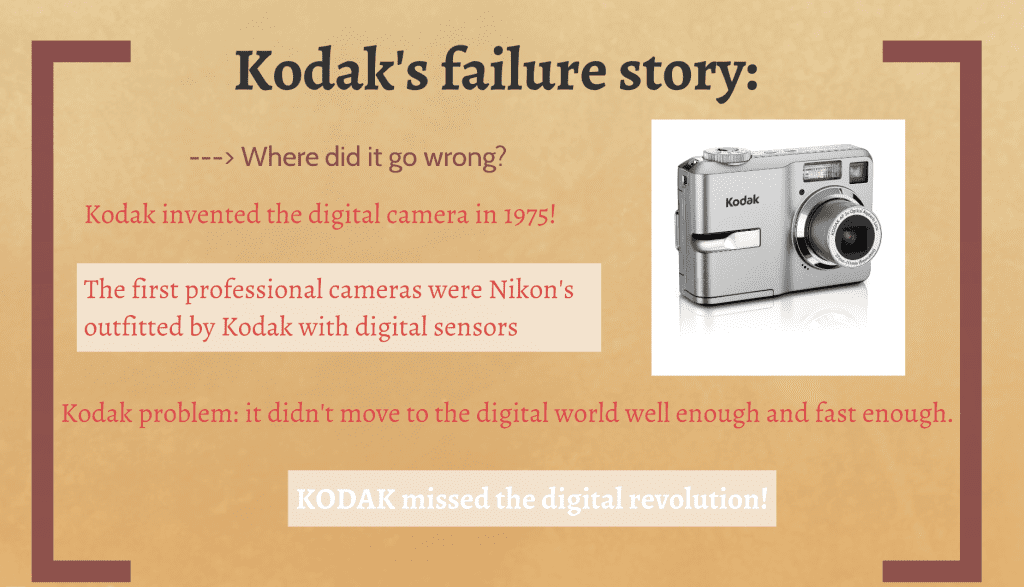KEEP IN TOUCH
Subscribe to our mailing list to get free tips on Data Protection and Cybersecurity updates weekly!



With the continuous technological advancements that we have nowadays, everything seems to transcend in the business industry. From simply recording data and business transactions using pen and paper, to storing them into computers. How did digital transformation change overtime? Find out what is Digital Transformation and why it is important and why you need to do it now!
Digital transformation is the process of modifying and using digital technologies to enhance existing business processes, culture and personalize customer experiences to meet changing business and market requirements.
It is changing the way business gets done and, in some cases, creating entirely new classes of businesses. With digital transformation, companies are taking a step back and revisiting everything they do, from internal systems to customer interactions both online and in person. They’re asking big questions like “Can we change our processes in a way that will enable better decision-making, game-changing efficiencies, or a better customer experience with more personalisation?”
Every digital transformation is going to begin and end with the customer, and I can see that in the minds of every CEO I talk to.
MARC BENIOFF, CHAIRMAN AND CO-CEO, SALESFORCE
Digitalisation enables more data to be automatically collected and analyzed, to inform everything from the most effective sales channels to customer conversion rates. That’s digital transformation in action: taking advantage of available technologies to inform how a business runs.
Even the Government of Singapore seeks to build capabilities in new technologies important for a Smart Nation. GovTech is focused on building the following Capability Centres:
How did we get from paper and pencil record-keeping to world-changing businesses built on the backs of digital technologies?
It transcends traditional roles like sales, marketing, and customer service. Instead, digital transformation begins and ends with how you think about, and engage with, customers. As we move from paper to spreadsheets to smart applications for managing our business, we have the chance to reimagine how we do business — how we engage our customers — with digital technology on our side.

Not so long ago, businesses kept records on paper. Whether handwritten in ledgers or typed into documents, business data was analog. If you wanted to gather or share information, you dealt with physical documents — papers and binders, xeroxes, and faxes.
Then computers went mainstream, and most businesses started converting all of those ink-on-paper records to digital computer files. This is called digitisation: the process of converting information from analog to digital.
Digitising information makes sharing much more easier, as the ways in which businesses used their new digital records largely mimicked the old analog methods. To make it less intimidating to new users, computer operating systems were even designed around icons of file folders to feel familiar. In return, digital data became tremendously significant for businesses than analog had been, but business systems and processes were still largely designed around analog-era ideas about how to find, share, and use information.

Kodak management’s inability to see digital photography as a disruptive technology, even as its researchers extended the boundaries of the technology, would continue for decades.
When Sony launched the first digital camera in the world. Kodak had 10 years to prepare. The problem is that, during its 10-year window of opportunity, Kodak did little to prepare for the later disruption. In fact, Kodak made exactly the mistake that George Eastman, its founder, avoided twice before, when he gave up a profitable dry-plate business to move to film and when he invested in color film even though it was demonstrably inferior to black and white film (which Kodak dominated).
Many companies are now facing this Kodak moment with consumers now moving to digital payments as well as online payments.
Digitalisation is the process of using digitised information to make established ways of working simpler and more efficient Note the word established in that definition: Digitalisation isn’t about changing how you do business, or creating new types of businesses. It’s about keeping ondoing what you do, but faster and better now that your data is instantly accessible and not trapped in a file cabinet somewhere in a dusty archive.
As digital technology evolved, people started generating ideas for using business technology in new ways, and not just to do the old things faster. This is when the idea of digital transformation began to take shape. With new technologies, new things — and new ways of doing them — were suddenly possible.
Digital transformation comes with a host of high-level benefits including:

Digital transformations have reshaped how companies approach customer service. The old model was to wait for customers to come find you, whether in person, email or calls. But the rise of social media has changed changed the way advertising, marketing, and even sales and customer service is performed. Progressive companies embrace social media as a chance to extend their service offerings by meeting customers on their platforms of choice.
Social media wasn’t invented to take the place of call centers, but it’s become an additional channel (and opportunity) to offer better customer service. Adapting your service offerings to embrace social media is another good example of a digital transformation.
Making your business successful, includes a reconsideration of everything, like traditional ideas of teams and departments.
Although you can use your service reps to do marketing campaigns but your social media presence can take your business to the next level tied with a digital platform that captures customer information, creates personalised journeys, and routes customer queries to your service agents.
Hence, Digital Transformation not only simplifies work in the business, but it also adds value to every customer interaction and making the most out of your IT Department.
Not sure where to begin? Contact Privacy Ninja for a non-obligatory consultation and we will identify and share the areas for improvements in your organization.
We are able to help you with the following services:
Web & Mobile App Development
PDPA Compliance Training & Audit
Digital Marketing (Search Engine Marketing)
Translation Services
Live Streaming Setup
Data Migration/Digitization
Read more on how we help businesses achieve digitalisation here.